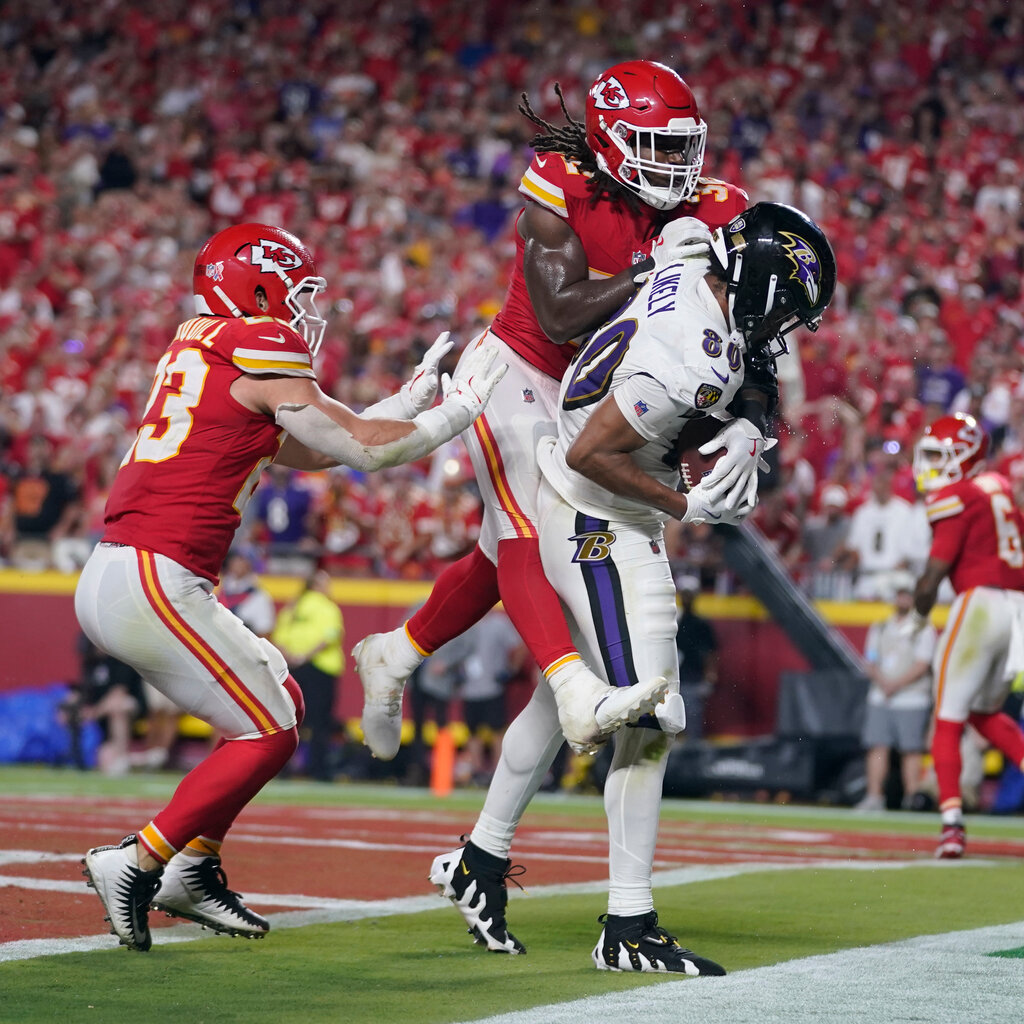For much of sports history, a bad call from a referee was final. Fans could boo, players could protest, but the game continued. The advent of instant replay a few decades ago allowed coaches to challenge calls, adding fairness but also slowing down the game. Now, professional sports are on the brink of a new technological revolution: automated referee systems, designed to make accurate calls every time while speeding up the game.
These systems, currently being tested in minor leagues and preseason games, are not meant to replace human officials entirely. Umpires and referees will still be needed for more nuanced calls like checked swings in baseball, charging in basketball, and pass interference in football. However, leagues believe that automation could make games both more equitable and efficient.
Technology is already deeply embedded in the rules of professional sports. For example, the NFL mandates instant-replay reviews for all scoring plays and turnovers to ensure accurate calls. A recent example occurred during the season opener in Kansas City. Baltimore Ravens tight end Isaiah Likely appeared to make a game-tying catch in the end zone, but a 90-second video review revealed his toe was out of bounds, negating the play and sealing Kansas City’s win. While technology helped make the correct call, the brief delay highlighted one of the drawbacks of the current system: for fans, even short waits can feel prolonged.
Automating such decisions could streamline games. One sport has already adopted this at the highest level. Sony’s Hawk-Eye Live system, once used to allow tennis players to challenge calls, now handles all line calls at major tournaments like the U.S. Open and Australian Open.
America’s major professional leagues haven’t fully embraced automated refereeing yet, but many are testing similar systems. Baseball seems the closest to a significant shift, having used an automatic pitch-calling system in over 8,000 minor league games. This system, which determines whether a pitch is a ball or a strike, could debut in Major League Baseball during spring training next year.
The NFL is also experimenting with computerized officiating. This preseason, the league introduced cameras to assist in spotting the ball after plays, potentially replacing the traditional “chain gangs” that measure first downs. Meanwhile, the NBA is testing technology to automatically detect goaltending, determining whether the ball is moving upward or downward when blocked.
The Human Element Remains
Even with the push for automation, human oversight is still valued. In baseball’s minor league trials, two variations of the automatic umpire system were introduced. One system calls balls and strikes on every pitch, while the other activates only when a pitcher, catcher, or batter challenges the umpire’s call. Interestingly, umpires have been correct on about half of the challenged calls, but players expressed a preference for the challenge system. Some noted that it added a strategic element to the game.
MLB Commissioner Rob Manfred was surprised by this reaction. “Originally, we thought everybody would be wholeheartedly in favor of fully automatic calls,” he said, “but players feel there could be negative effects on the game if you used it full-blown.”
Similarly, Rich McKay, CEO of the Atlanta Falcons and head of the NFL’s game rules committee, expressed concerns about fully automated officiating in football. “When you take the officiating out of the game and put it in a different place, I’m just nervous about what that leads to,” McKay said. “You’d have to rewrite all the rules.”
As technology continues to evolve, sports leagues will have to balance automation with maintaining the human touch that makes each game unique. For now, the goal is a fairer, faster future where technology enhances the game without taking away from its spirit.
By Impact Lab


